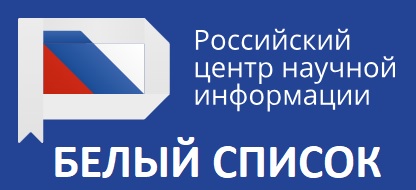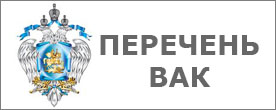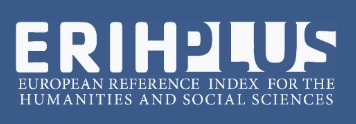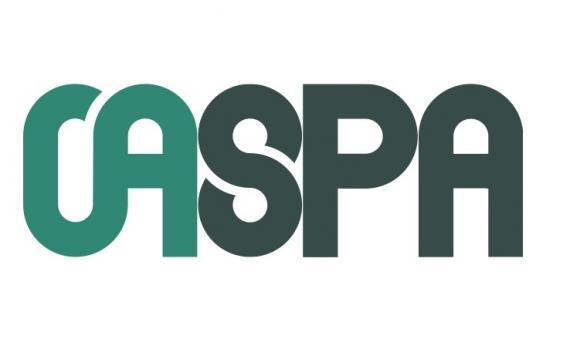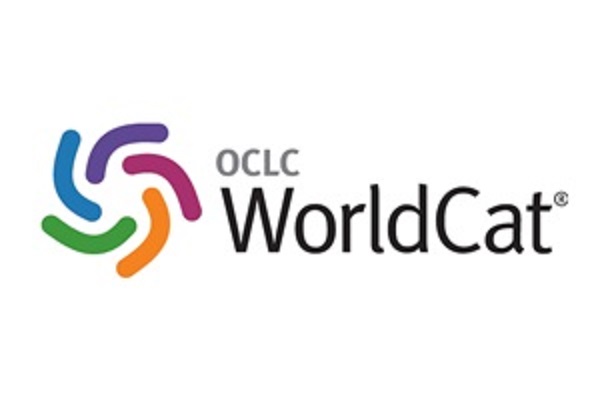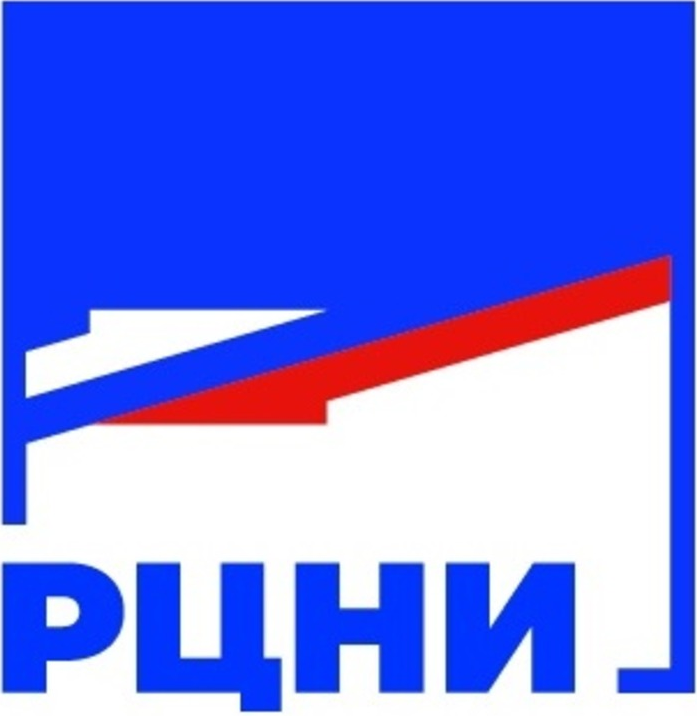Original article
https://doi.org/10.15507/2076-2577.017.2025.03.325-337
https://elibrary.ru/nlogab
УДК / UDC 94:371.13“18/19”
Professional Trajectories and Social Adaptation of Teachers in Russian Lapland in the Late 19th – Early 20th Century
K. S. Kazakova
Barents Centre of the Humanities of the Kola Science Centre of the Russian Academy of Sciences, Apatity, Russian Federation
Abstract
Introduction. The research problematique encompasses issues pertaining to the functioning of the cultural milieu under ‘borderland’ conditions and the adaptation of ethnic cultures and their representatives to both the North and to one another throughout the period under consideration. This work examines the process of the formation of the socio-professional group of teachers within the European Arctic region from the late 19th to the early 20th century, alongside the nature of interethnic interaction with the Sámi population. The study aims to analyse the variability of individual teacher trajectories and to identify the specific characteristics of the teachers’ social adaptation within the Sámi pogosts of Russian Lapland.
Materials and Methods. This article is based on previously unstudied documents introduced into the scholarly domain for the first time, including service records of teaching personnel, reports from district school inspectors, and personal petitions from teachers. Engaging with this specific corpus of sources is complicated by the fragmented nature of the archival base. The materials do not constitute a unified collection but are instead dispersed fragmentarily across several repositories: the State Archive of Arkhangelsk Oblast, the National Archive of the Republic of Karelia, and the State Archive of Murmansk Oblast. The research methodology employed both general scientific and established historical methods, including analysis, synthesis, comparative typology, and a problem-chronological examination of issues. To investigate professional trajectories, the study utilises the historical-biographical method.
Results and Discussion. Within contemporary historiography, the professional biography is increasingly incorporated as a distinct methodological lens for gauging sociocultural processes. This article reconstructs the professional trajectories of instructors within parish schools located in the Sami pogosts of Russian Lapland, providing data pertaining to their social origins and educational attainment. Biographical evidence indicates that the majority of these teachers were young, unmarried individuals for whom the Kola North constituted their first appointment following their formal education. In their professional capacity, these educators were compelled to adapt to the specificities inherent to an “allogenous” school system, notably the abbreviated academic year, irregular attendance of children engaged in the economic activities of the adult community, and the necessity of reciprocal bilingual communication. Successful adaptation within a Sami pogost facilitated an expansion of the social functions delegated to the teacher. Furthermore, the article analyses behavioural models that precipitated confrontation with the local populace and resulted in the individual’s compelled relocation.
Conclusion. Social practices of interaction with the Sami population influenced both the professional and domestic spheres of a teacher’s life. The findings of the study indicate that a teacher’s understanding of local cultural specificities was a determinant of their successful adaptation and aligned with the expectations of the local community. The attitude towards the teacher was projected onto the school as a whole and was formally recorded in the resolutions of village assemblies. The obtained results hold significance for historical, cultural, and social inquiries and can be applied to the study of intercultural communications in the Arctic regions of Russia.
Keywords: Russian Lapland, Sámi, pogost, intercultural contacts, parish school, teaching
Funding: The research was carried out within the framework of the state task on the topic of research FMEZ-2024-002 “Dynamics of the socio-cultural appearance of the Kola North in the context of the history of the development of the Arctic frontier of Russia”.
Conflict of interest: The author declares no conflict of interest.
For citation: Kazakova K.S. Professional Trajectories and Social Adaptation of Teachers in Russian Lapland in the Late 19th – Early 20th Century. Finno-Ugric World. 2025;17(3):325‒337. https://doi.org/10.15507/2076-2577.017.2025.03.325-337
REFERENCES
- Lyubichankovskiy S.V. Imperial Policy of Acculturation of “Foreigners” by Means of Enlightenment (Based on Materials from the Ural-Volga and Central Asian Territories of the Russian Empire). Istoriya. 2021;12(3). (In Russ., abstract in Eng.) https://doi.org/10.18254/S207987840014091-9
- Vlasova V.V. Native Language and Religious Practices in Parishes of the Komi at the Beginning of the XX Century. Bulletin of Ugric Studies. 2019;9(2):341–351. (In Russ., abstract in Eng.) https://doi.org/10.30624/2220-4156-2019-9-2-341-351
- Tsys V.V. Development of School Education in Ugra in 1760–1800. Severny region: nauka, obrazovanie, cultura. 2023;(4):6–12. (In Russ., abstract in Eng.) https://doi.org/10.35266/2949-3463-2023-4-1
- Yurganova I.I. Missionary Activity of the Russian Orthodox Church in Chukotka (17th ‒ Early 20th сс.). Science Journal of Volgograd State University. Ser.: History. 2015;(2):60‒70. (In Russ., abstract in Eng.) https://doi.org/10.15688/jvolsu4.2015.2.6
- Nikonov S.A. About the Christianization of the Saami of the Kola Peninsula in the Second Quarter of the 16th Century. Old Russia. The Questions of Middle Ages. 2019;(3):60‒69. (In Russ., abstract in Eng.) https://doi.org/10.25986/IRI.2019.77.3.006
- Shakhnovitch М.М., Kolivatov E.B. Chapel of the Nativity of the Lovozersky Sami Churchyard. Finno-Ugric World. 2024;16(3):361–372. (In Russ., abstract in Eng.) https://doi.org/10.15507/2076-2577.016.2024.03.361-372
- Kozhevnikova Yu.N. Distribution of the Books of the New Testament in Russian Lapland in 1813‒1814. Religiovedenie. 2024;(3):32‒38. (In Russ., abstract in Eng.) https://doi.org/10.22250/2072-8662-2024-3-32-38
- Bakula V.B. Problems of Formation of Literary Language of the Kola Saami. Finno-Ugric World. 2018;(3):13‒22. (In Russ., abstract in Eng.) https://doi.org/10.15507/2076-2577.010.2018.03.013-022
- Kazakova K.S. Teacher and/or Mentor: Priests in the Public Education in the Northern Periphery of the Russian Empire in the Late 19th – Early 20th Centuries. Herald of Anthropology. 2024;(3):247–259. (In Russ., abstract in Eng.) https://doi.org/10.33876/2311-0546/2024-3/247-259
- Kazakova K.S. Interaction of the Russian Orthodox Church and the Indigenous Population of the North Western Arctic Territories in the Matter of Public Education in the Late 19th – Early 20th Centuries. Religiovedenie. 2023;(1):5‒14. (In Russ., abstract in Eng.) https://doi.org/10.22250/20728662_2023_1_5
- Ilyukha O.P. Russian Teacher in the Karelian Village in the Late 19th ‒ Early 20th Century: Problems of Enculturation and Adaptation. Ural Historical Journal. 2024;(2):129‒137. (In Russ., abstract in Eng.) https://doi.org/10.30759/1728-9718-2024-2(83)-129-137
Information about the аuthor:
Ksenia S. Kazakova, Cand.Sci. (Hist.), Senior Researcher, Barents Centre of the Humanities, Kola Science Centre of the Russian Academy of Sciences (40A Akademgorodok, Apatity 184209, Russian Federation), ORCID: https://orcid.org/0000-0002-5071-4947, SPIN-code: 7201-7509, k.kazakova@ksc.ru
The author has read and approved the final manuscript.
Submitted 12.05.2025; revised 23.06.2025; accepted 30.06.2025.



